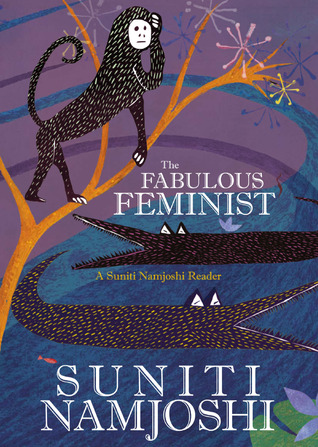
The advantage of this style of reader is that it gives a sense of the range of Namjoshi’s work, and most especially, that her introduction to each section outlines her interests, placing the work in terms of her developing corpus and her evolving ideas. The Fabulous Feminist is a reader, providing excerpts from Namjoshi’s books of fiction and poetry, giving a taste of each one. Her work draws on the Indian tradition, on ancient Greek and Roman myth, western fairy tale and fable, as well as writers such as Virginia Woolf, Oscar Wilde, Lewis Carroll, Shakespeare and Mary Shelley, and always a large dash of original invention it is radical, wise, humorous and compassionate. Many people may be more familiar with feminist reworking of fable from writers such as Angela Carter, Margaret Atwood and Michele Roberts, but Namjoshi has in fact been publishing since 1981: fiction, poetry, fantasy and children’s books. It is this playfulness that characterises Suniti Namjoshi’s work, but it is play informed by a sharp and thoughtful insight.

The Fabulous Feminist takes one of the original meanings of ‘fabulous’ as, according to the OED, someone who is fond of fabling, or of listening to fables, but also plays upon the more familiar meaning of astonishing, or incredible. And some refuse to make sense, insist on absurdity.

But if some of the characters are familiar, they do not behave as prescribed. A blue donkey, a lesbian cow, a saint who meets Grendel and his mother, a one-eyed monkey, an oyster child - they all tell their arresting stories, along with the more usual suspects - the hare and the turtle, the princess and the pea, the mouse and the lion, the Beast, Bluebeard, Daphne, Circe and many more.


 0 kommentar(er)
0 kommentar(er)
